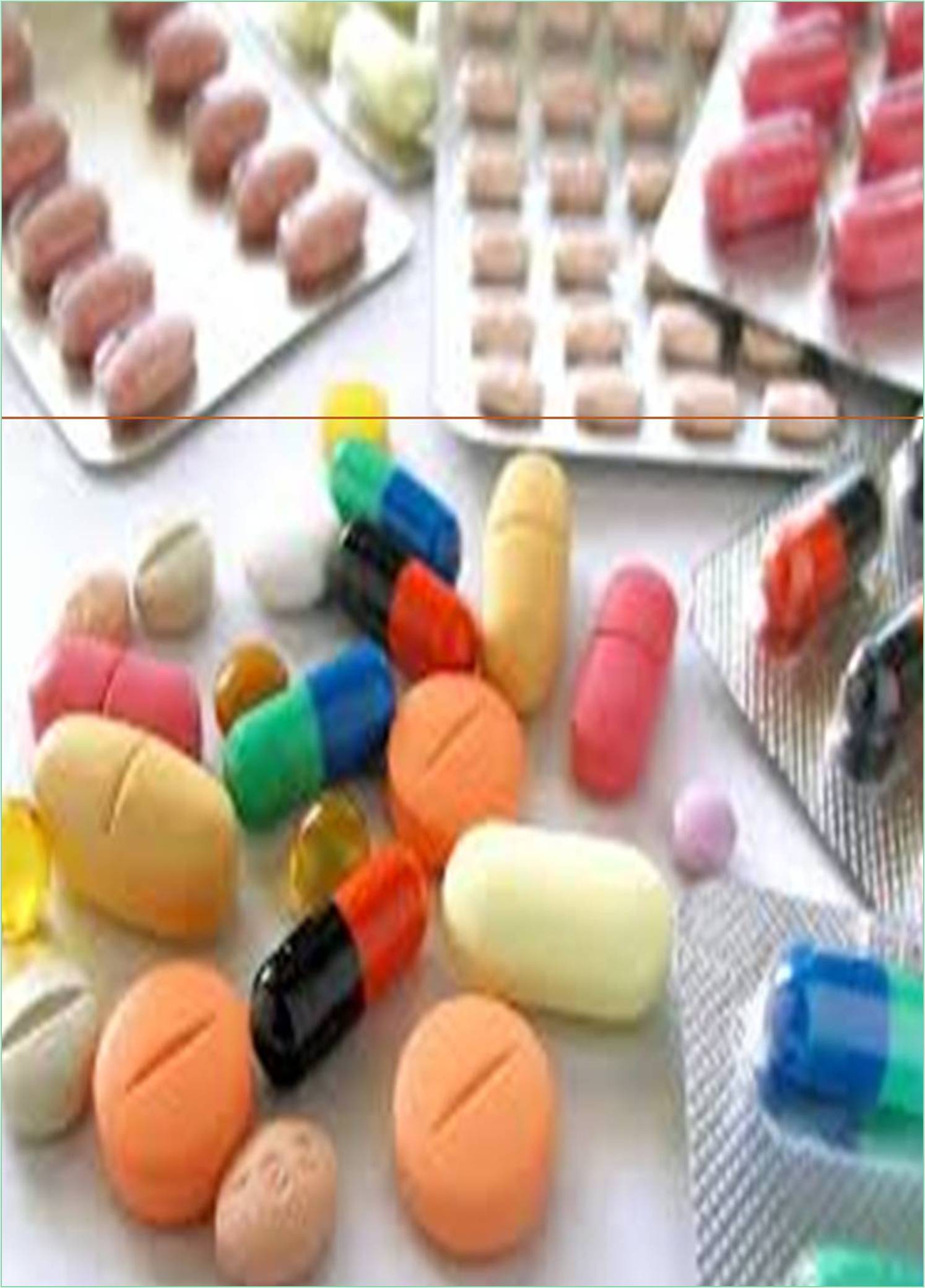



Received: 25-Nov-2022, Manuscript No. GJPP-22-86545; Editor assigned: 28-Nov-2022, Pre QC No. GJPP-22-86545 (PQ); Reviewed: 12-Dec-2022, QC No. GJPP-22-86545; Revised: 19-Dec-2022, Manuscript No. GJPP-22-86545 (R); Published: 26-Dec-2022, DOI: 10.37421/GJPP.22.10.012
The term “Forensic Toxicology” covers any application of the science and study of poisons to the elucidation of questions that occur in judicial proceedings. The subject is usually associated with work for the police, the coroner, and the criminal law courts. However, the analysis and identification of controlled drugs and the maintenance of agricultural, industrial and public health legislation are all aspects of forensic toxicology. Forensic toxicology is defined as the application of toxicology for the purposes of law.
The field consists of three major subgroups:
• Post mortem forensic toxicology.
• Human performance toxicology.
• Forensic drug testing.
Prior to the advent of human performance toxicology, such as alcohol and drug testing in drivers and forensic urine drug testing, forensic toxicology was practiced almost exclusively as a result of an investigation of a fatality. Therefore, analyses were performed on specimens from dead individual. Although the study of science of toxic substances began in early 1800’s, knowledge of poisons and poisonings has existed for thousands of years. Writings from ancient Egypt and Greece repeat poisonings due to herbs, plants and food. For instance, Greeks used hemlock as a means of state sponsored execution, Socrates being the most famous case. Poisonings by opium, arsenic and hydrocyanic acid were also reported throughout Europe during the middle Ages. It was during this period, that Philippus Aureolus Theophrastus Bombastus von Hohenheim or Paracelsus observed that any substance could be a poison, depending on its dose. M.J.B. Orfila, the chairman of legal medicine department at the Sorbonne in France, made the first attempt to systematically study and categorize poisons. In his book entitled Traite des Poisons ou Toxicologie Generale, he established six classes of poisons, based mainly on their toxic effects.
He also isolated arsenic from a variety of postmortem specimens and he was the first to state that poisons must be absorbed, or enter the blood, to manifest their toxic effects. In 1951, Jean Stas developed the first effective method to extract alkaloids from biological specimens. Especially nicotine was detected in postmortem specimens obtained from Gustave Fougnies, who was allegedly poisoned by his brother-in-law. Several years later, F.J. Otto modified the extraction procedure used by Stas. This became known as the Stas-Otto method and remains the basis for drug extraction to this day. The most obvious use for postmortem forensic toxicological analysis is in suspected drug intoxication cases. Drug intoxications are not readily diagnosed at autopsy. In intravenous drug deaths, a recent injection site may be observable. A large amount of unabsorbed tablet fragments in stomach suggest oral intoxication. Scene investigation may also indicate the causative agent or agents in some instances. Human Performance Toxicology also deals with the effects of alcohol and drugs on human performance and behavior, and the medico-legal consequences of drug and alcohol use. This may include investigations of impaired driving, vehicular assault and homicide, drug facilitated crimes including sexual assault, and aircraft, motor vehicle and maritime collision investigations. Forensic toxicologists perform analysis of drugs and alcohol in biological samples, typically blood and urine, but increasingly in other matrices such as oral fluid, and hair, for the purposes of determining the timing, extent, and impairment resulting from different patterns of drug and alcohol use. The toxicologist uses state-of-the-art analytical methods, to determine drugs in complex biological samples. Forensic drug testing (urine, oral fluid or hair testing) is a critical component of efforts to combat drug abuse in our society because it can objectively identify drug users in a variety of settings. It can be used as a screening tool to determine a subject's prior use and is capable of detecting concentrations of drugs or their metabolites in occasional, recent, or chronic users. The legal consequences of a positive drug test for an illegal drug may be severe. It can be argued that even the 4 suggestion that drug abuse has occurred can affect a subject's livelihood, freedom, or rights. Therefore, drug testing presents a heightened probability of legal challenges, and thus is considered "forensic testing." Reliable discrimination between the presence and absence of specific drugs or their metabolites is critical, not only to achieve the goals of the testing program, but to protect the rights of subjects. The toxicological investigation begins with the preliminary identification of drugs or chemicals present in the specimens. Confirmatory testing is performed to conclusively identify the substance. It is not possible to consider the topic of forensic toxicology without discussing analytical toxicology in detail. Screening methods should provide presumptive identification, or at least class identification while also giving an indication of concentration. All screening tests that are positive for substances relevant to the case must then be subjected to confirmation using a confirmatory technique like thin layer chromatography, gas chromatography-mass spectrometry, liquid chromatography-tandem mass spectrometry etc. It is imperative that the analytical techniques/methods involved with toxicological investigations are updated regularly as the instrumentation evolves and new scientific facts/challenges surface.